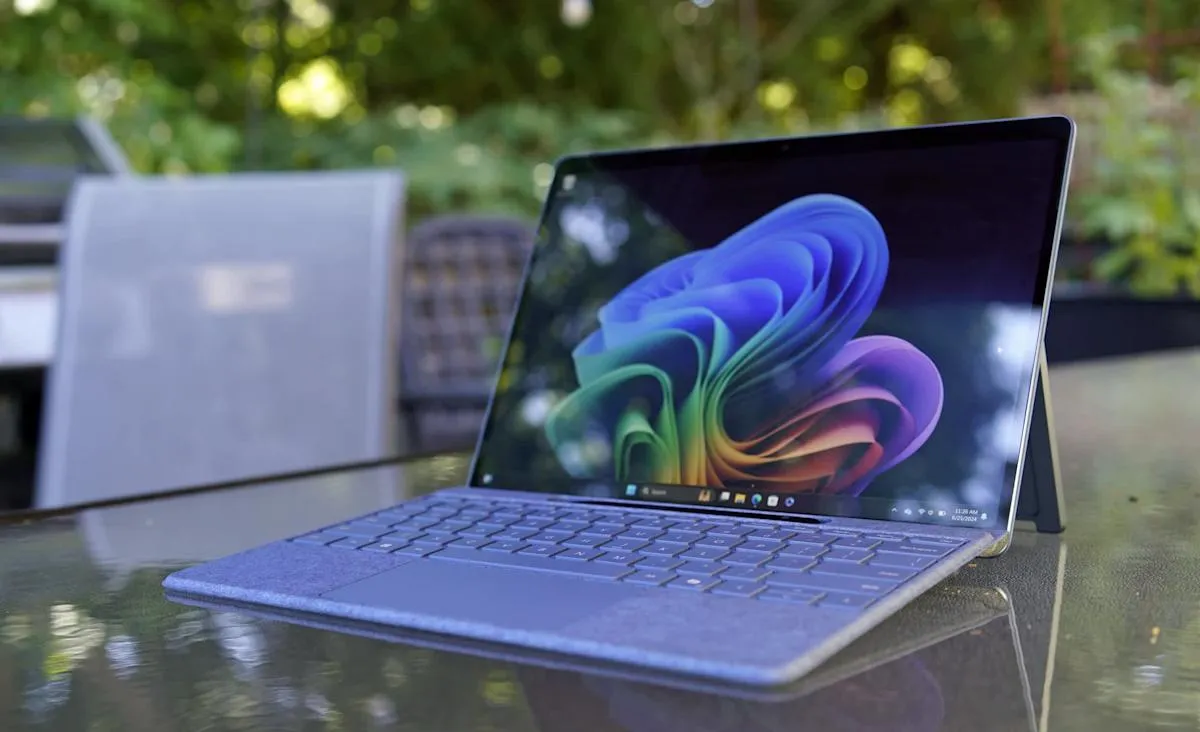
The latest rollout from Microsoft, the Windows 11 2025 update, also known as Windows 11 25H2, raises an important question: what value does this update truly bring? Set to begin distribution today, this update is being termed as an “enablement package.” Instead of introducing groundbreaking new features, it primarily encompasses enhancements and functionalities that were previously included in last year’s 24H2 release.
One of the primary objectives of the Windows 11 2025 update is to encourage users who have delayed adopting recent improvements to finally embrace the latest capabilities of Windows 11. While the update does not unveil any major innovations, it aims to ensure that users are up-to-date with the advancements Microsoft has made over the past year.
In addition to refinements in usability, the Windows 11 2025 update promises significant improvements in security measures. Microsoft has highlighted “significant advancements in build and runtime vulnerability detection,” which are crucial for safeguarding user data. Furthermore, the update includes AI-assisted secure coding, a feature designed to bolster application security and enhance overall system integrity.
Another notable aspect of the Windows 11 2025 update is its focus on streamlining the operating system. Microsoft has removed certain legacy features, specifically PowerShell 2.0 and the Windows Management Instrumentation Command-line (WMIC). While these components are seldom used by the average user, their removal may lead to some frustration among power users and IT administrators who have relied on these tools for creating older scripts.
With Microsoft’s transition to a more frequent update cadence, users can anticipate the arrival of genuine new features for Windows 11 25H2 in the upcoming months. While this update may not offer the immediate excitement of new tools and functionalities, it sets the stage for future enhancements that will further enrich the user experience on Windows 11.